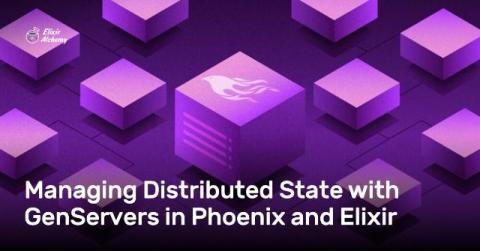Rack for Ruby: Socket Hijacking
In the first part of this series, we set up a basic Rack app, learned how to process a request and send a response. In this post, we'll take over connections from Rack and hold persistent connections to enable pathways such as WebSockets. First, though, let's look at how an HTTP connection actually works.











